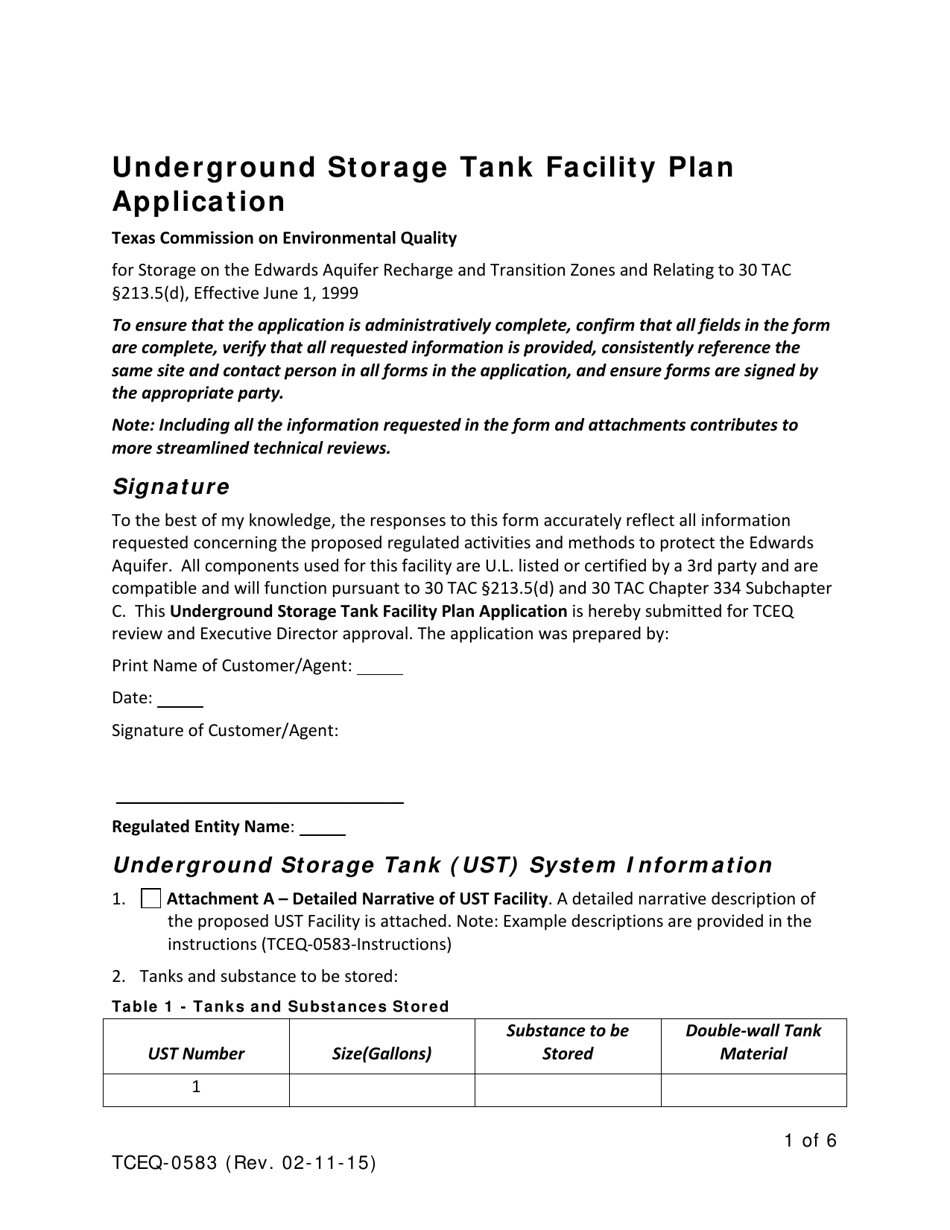


There existing TCEQ WPAP will need to be amended or redone to account for the additional BMP(Best Management Practices) (Pavers).May need to get the runoff coefficient from the manufacturer. This will need to be in a drainage easement. Any increased drainage will need to be detained for the 2, 10, 25,100 yr storms. Your engineer will need to confirm the runoff coefficients of the pavers and how it affects the drainage criteria and assumptions, this will need to be signed and sealed.Provide an Engineered Design Water Quality ( Per TCEQ Rules) RG – 34.In order to process the request we will need you to provide the following: To go over the platted impervious cover we can allow permeable pavers to meet both the city code requirements and the TCEQ requirements. Where can I find more information on Impervious Cover Limitations?

If no impervious cover limitation is established by the Plat, a variance may be requested only for non-residential property over 5 acres. If your Plat identifies the maximum impervious cover allowed, a variance may not be granted. In this case, a restriction is added to the Plat detailing the maximum impervious cover for the subdivision and per lot. Impervious cover limitations may be established when a property is subdivided (Subdivision Plat). Is there a variance to Impervious Cover Limitations? Per Chapter 11 of the Unified Development Code : Impervious cover limitations are adopted to minimize negative flooding effects from stormwater runoff and to control, minimize, and abate water pollution resulting from urban runoff of rainwater or other non-point specific sources, pursuant to Texas Water Code § 26.177 Why is there Impervious Cover Limitations? Includes and may be referred to as the term “Impervious Surface”. Impervious Cover is subject to the determination of the Development Engineer. Per Chapter 16 of the Unified Development Code: Impervious Cover – Any hard-surfaced, man-made area that does not readily absorb or retain water, including, but not limited to, building roofs, parking and driveway areas, pavement, graveled areas, sidewalks, and paved recreation areas.


 0 kommentar(er)
0 kommentar(er)
